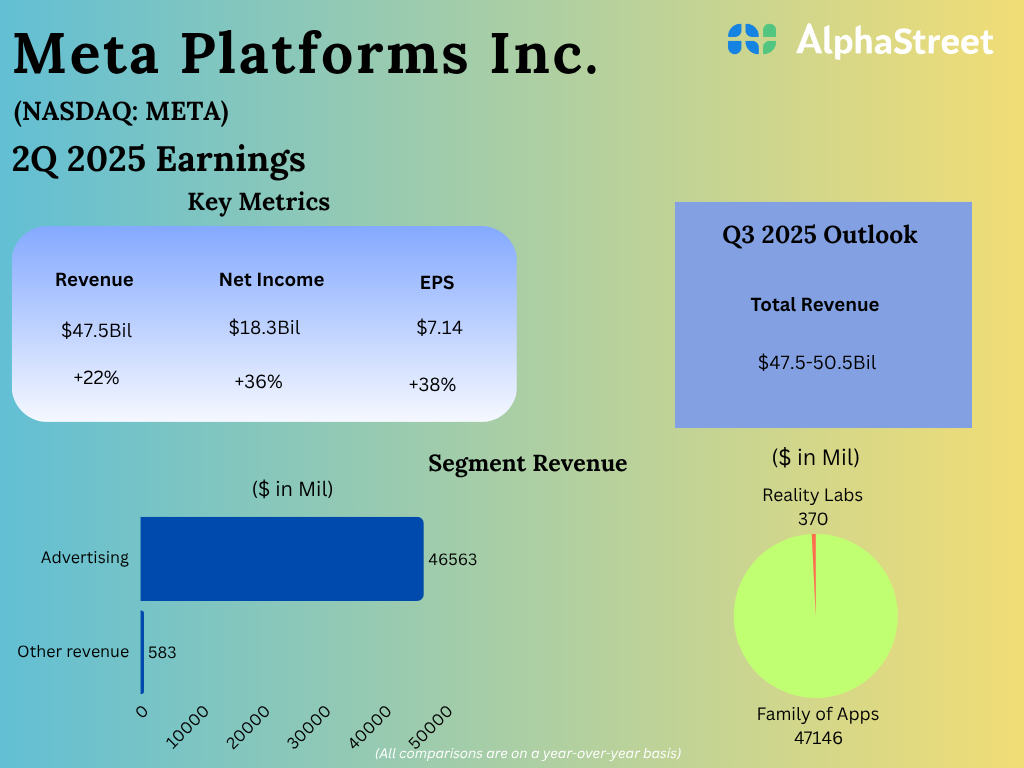Butterfly Network (BFLY) is a company that we’ve liked ever since first writing about its handheld ultrasound device more than six years ago while reviewing some of the top AI startups in healthcare. While the technology is complicated, the concept is pretty simple: Shrink the capabilities of an ultrasound machine down to the size of a typical scanner used at the grocery store and pair it with a smartphone and machine-learning algorithms. Let the disruption begin.
But though we liked the premise, the company’s decision to go public by merging with a special purpose acquisition company (SPAC) was something of a turnoff. After the dust had settled, it was apparent that Butterfly Network over promised on revenue, sending stock shares on a steep decline. The thesis is still sound – disrupting the market with a cheaper, idiot-proof piece of hardware – but our overall portfolio is already heavy on large medical device companies. In addition, the total addressable market (TAM) seems small and the competition pretty big.
One person who is still bullish on Butterfly Network is Cathie Wood, the Moses of Ark Invest, an investment management firm that specializes in disruptive tech stocks. BFLY is currently the No. 18 largest holding in the ARK Genomic Revolution ETF (ARKG), with about $2.4 billion in assets under management.

Today, Ark Invest owns about 6% of Butterfly Network after continuing to add to its position over the last few months. At No. 17 in the ARKG portfolio is a company called 908 Devices (MASS) in which Ark Invest has a 10% stake. Let’s part the Red Sea of losses – Wood’s current cost basis is twice what MASS shares are currently trading – and see if there is any long-term potential for retail investors.
About 908 Devices Stock

The value proposition behind 908 Devices is identical to Butterfly Network, but rather than disrupting the market for ultrasound machines, the Boston-based company is shrinking the technology that powers mass spectrometers by developing handheld and desktop instruments. Founded 10 years ago, 908 Devices raised a modest $67 million in disclosed funding, but with a couple of particularly notable names. One is the venture arm of Saudi Aramco, which just happens to be the biggest company in the world by market cap at nearly $8 trillion. In fact, the gas and oil giant participated in three different funding rounds. The other is In-Q-Tel, which is basically the venture arm of the CIA. The CIA’s interest in 908 Devices will become clear shortly.
Unlike Butterfly Network, 908 Devices had a traditional IPO in December 2020 – the last company to go public that year. At the time, the company raised more than $136 million in an upsized offering and ended the day up more than +127%. Of course, those heady days are well behind us, with the stock down about 75% since it premiered on the public markets. Its market cap is just north of $500 million. Of course, we know the market is particularly punishing tech stocks right now, so let’s not get too caught up in the past and see where 908 Devices is going.
What is a Mini Mass Spectrometer?
Mass spectrometry – or mass spec, as the dorks cool kids refer to it – is an analytical technique used to characterize everything from small molecules to complex proteins. A mass spectrometer is sort of like a super fancy scale that measures the mass (hence, the name) of these particles through some scientific hocus pocus using ionization and electric currents that we won’t bother to dive into too deeply here. Basically, these highly sensitive machines can detect, identify, and quantify just about any molecular sample based on its molecular weight. The key takeaway is that most mass spec machines today are very large, expensive, and highly complex. Think mainframe computer size. In contrast, 908 Devices has developed both handheld and desktop versions of these massive machines.

The company refers to its proprietary technology, first developed at Oak Ridge National Laboratory, as high-pressure mass spec (HPMS), which enables it to miniaturize key components using semiconductor microfabrication techniques. For example, something called the ion trap, which is where ionized particles are sorted and manipulated under vacuum, is one thousand times smaller than those in conventional laboratory mass spec instruments. A typical vacuum system alone weighs hundreds of pounds and requires several hundred watts of power 24 hours a day. 908 Device’s mass spec instruments use less power than a 20-watt LED light bulb. Incidentally, the name of the company is a reference to 0.908, which is the “point of stability and instability within ion trap mass spectrometers – the point at which the magic happens!” Um, OK. Moving on …
Mass Spectrometers from 908 Devices
Awkward nerdy name aside, 908 Devices has introduced two flagship mass spec products that combine its HPMS platform, a proprietary sample preparation and separation technology called the ZipChip, and machine learning techniques to both control the hardware and interpret the data.

Launched in 2017, the MX908 is a handheld, battery-powered, mass spec device designed to rapidly analyze gas, liquid, and solid materials in the field. Yes, this is the tricorder that Star Trek promised us all those decades ago when Capt. Kirk was galivanting around the galaxy banging blue chicks. It can detect trace quantities of more than 150 dangerous materials, including drugs, explosives and hazardous chemicals with “sensitivity comparable to existing field-based technologies.” The company claims that “compared to a leading transportable mass spec product, the MX908 is up to 15x faster, up to 10x smaller, and up to 2x cheaper.” Its machine-learning software can help interpret and extrapolate results. For example, the MX908 is pre-programmed to evaluate a dozen of the most common fentanyl variants and then uses machine learning to look for patterns suggestive of the more than 2,000 fentanyl analogs.

The Rebel, a small desktop mass spec introduced in 2019, can reputedly perform on par with high-performance liquid chromatography (HPLC) instruments in a laboratory, but at a price per sample that is up to 10 times lower, a third of the capital cost, and up to 2,000 times faster. The devices have various R&D applications related to pharmaceuticals and biotech, particularly around cell and gene therapies, synthetic biology, and more.
The Market for Mini Mass Spec Instruments
Indeed, 908 Devices believes that the cell and gene therapy industry, along with related applications such as the new generation of nanotechnologies turning cells into micro-factories, will be the driving force behind expanding its TAM in the near future from a pretty modest $5 billion today to $22 billion in just a handful of years. We encountered a similar projection from companies in another pick-and-shovel play, cold storage logistics, for cell and gene therapy.

For handhelds, the company believes the market will more than double from $1.5 billion to $3.6 billion with software application extensions into quality assurance and quality control for things like inspecting raw materials and detecting adulterated materials. The much bigger leap of faith is in the desktop Rebel for bioprocessing and research.
908 Devices isn’t the only firm developing desktop mass spectrometers. Mobilion Systems has taken in $116 million in funding from names like Agilent (A) and IP Group (IPO.L). The firm specializes in identifying and analyzing challenging molecules that other instruments so far have failed to detect. Fierce Biotech had the following to say about their product offering – Mobie – in an article which talked about their latest funding round, a $60 million Series C raised last July.
Mobie combines MOBILion’s high-resolution ion mobility technology with Agilent Technologies’ mass spectrometers and Protein Metrics’ analysis software, resulting in a supercharged take on the molecular analysis workflow that’s meant to be faster and more accurate than standalone mass spectrometers.
Credit: Fierce Biotech
Should You Buy 908 Devices Stock?
We call it a leap of faith because the company mainly relies on the MX908 for the majority of its revenue, compared to its desktop devices, Rebel and ZipChip. The latter two are also where the company expects to grow recurring revenues through the proprietary consumables that the machines require to operate. Consumables accounted for 19% of product revenue in 2021, up from 14% the year before. Overall annual revenue growth was up an impressive 64% year-over-year.

The mix is definitely changing as well. In H1-2022, revenue grew 40% but desktop revenue growth hit 52%. Another encouraging number for a company heavily reliant on hardware sales was a 60% gross margin as of Q2-2022. In addition, 908 Devices acquired a German company called TRACE Analytics for $15.3 million. TRACE Analytics provides online analysis and sampling systems for biotech applications, a technology to help customers build connected bioprocessing and analytics systems.
There are all great metrics and moves, but let’s put some additional context around these numbers. 908 Devices has sold all of 2,100 or so instruments. And while it counts all 20 of the top 20 pharmaceutical companies by revenue among its 450 customers, most of its sales rely on government agencies. In addition, one customer accounted for a whopping 43% of total revenue last year. That’s a huge amount of customer concentration risk.

Factor in the company’s small market cap and currently modest total addressable market, and you come up with a pretty low ceiling for future growth unless 908 Devices can really deliver its disruptive technology at a global scale. At this stage of the game, that potential remains debatable and with too much risk for our taste.
For those who want to pull the trigger on some shares, 908 Devices has a simple valuation ratio of around 11. Here’s how that compares to other popular life sciences stocks in our disruptive tech stock catalog.
| Asset Name | Nanalyze Valuation Ratio |
| Dexcom | 14 |
| Guardant Health | 13 |
| Butterfly Network | 12 |
| 908 Devices | 11 |
| Pacific Biosciences | 10 |
| Oxford Nanopore | 9 |
| Irhythm Technologies | 9 |
| 10X Genomics | 7 |
| Illumina | 7 |
| 23andMe | 5 |
| Quanterix | 4 |
| Teladoc Health | 2 |
Conclusion
Companies like 908 Devices and Butterfly Network have developed game-changing technologies that could potentially reshape their respective industries. The challenge is that these are relatively small, niche markets. 908 Devices does make a more compelling case, especially if its mini mass spectrometers prove to be the sort of pick-and-shovel R&D play that it outlines for cell and gene therapies, precision fermentation, and other emerging applications for analyzing and characterizing cells. That might put it closer to the likes of companies like Illumina (ILMN) with its ground-breaking gene-sequencing technology and $37 billion market cap.
Tech investing is extremely risky. Minimize your risk with our stock research, investment tools, and portfolios, and find out which tech stocks you should avoid. Become a Nanalyze Premium member and find out today!
















